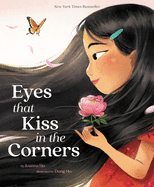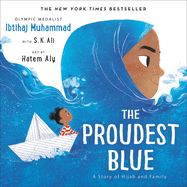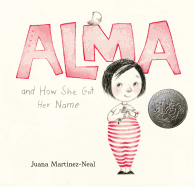For the past couple of years, there’s been a surge in demand from teachers looking for books addressing kindness. Elementary schools have created yearlong curricula around kindness, and publishers have poured out numerous books — many beautiful and/or powerful, some preachy or simplistic — on the topic. And while I personally value kindness deeply, I have found myself wondering if this curriculum most effectively reaches those not particularly inclined toward kindness (whether due to temperament or environment), or if it helps children navigate difficult situations where kindness is not the key component of resolution.
For instance, let’s say two kindergartners are playing, and one deliberately knocks over the other’s block tower. We can remind the knocker-overer that her actions weren’t kind, which may or may not lead to remorse and apology. But how do we address the knockee, who is definitely not feeling kind toward her creation’s destroyer, help address the knocker, and help the two come to a satisfactory resolution?
I think an even more effective concept to explore (and trait to cultivate) might be respect. While most people certainly appreciate kindness, all human beings crave respect and personal dignity. The idea of kindness as a virtue can be sneered at or dismissed by those whose need for the appearance of toughness overrides their desire to show or receive kindness, but respect is something even the most hardened, vicious individual values—even if only aimed at himself. The key is cultivating respect as a two-way street.
When we teach respect, we also teach tolerance. We may not like someone whose attitudes or behaviors rub us the wrong way, but we can learn to respect their right to a different opinion. We may not initially understand someone very different from us, but by starting from a place of respect, we create space to find common ground.
When I think about some of the books that most affected me as a child and taught me how one can become a better person, books like Eleanor Estes’ The Hundred Dresses spring to mind. That slim volume left an indelible impression on me and taught valuable lessons about kindness and respect, and it did so not by being preachy, but by putting us inside a story that felt real, with a believably flawed point-of-view character who acts carelessly toward another student and makes a life-changing discovery, too late. The book shows powerfully that the source of unkindness is a lack of respect, a lack of understanding of another human being’s dignity, worth, and difference.
So I am building a list of children’s books for a curriculum based around respect. Picture books like Eyes that Kiss in the Corners by Joanna Ho and Dung Ho (HarperCollins), The Proudest Blue: A Story of Hijab and Family by Ibtihaj Muhammad, S.K. Ali, and Hatem Aly (Little, Brown), and Alma and How She Got Her Name by Juana Martinez-Neal (Candlewick) will be on the list.
This is just the tip of the iceberg—I will be adding to the list here soon, and will share the full database when it feels full and rich and worthy of a year’s worth of curriculum. Please share your own favorites, fellow booksellers, teachers and librarians and parents: books (especially for K-3 readers) that address respect in ways that children respond to deeply. Because when we treat others with respect, kindness usually follows.




Very well said! And what a great idea that we’ve always needed, but surely need reminding of right now.